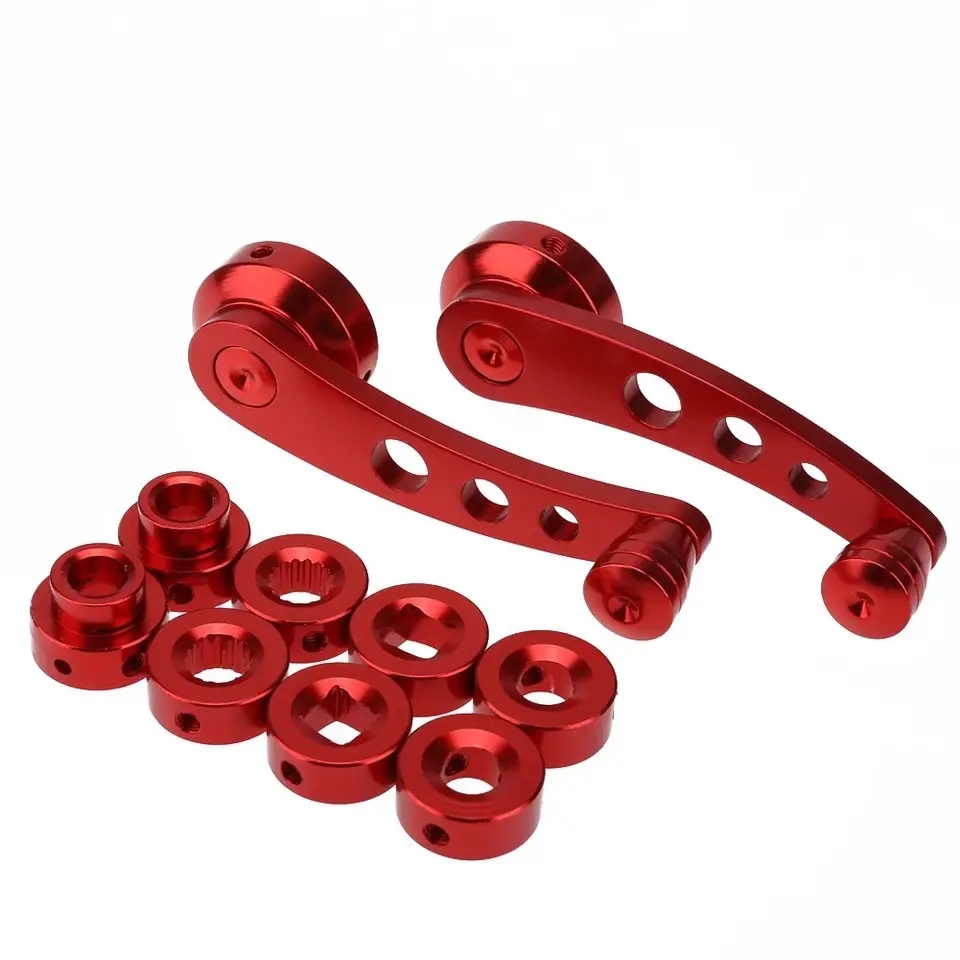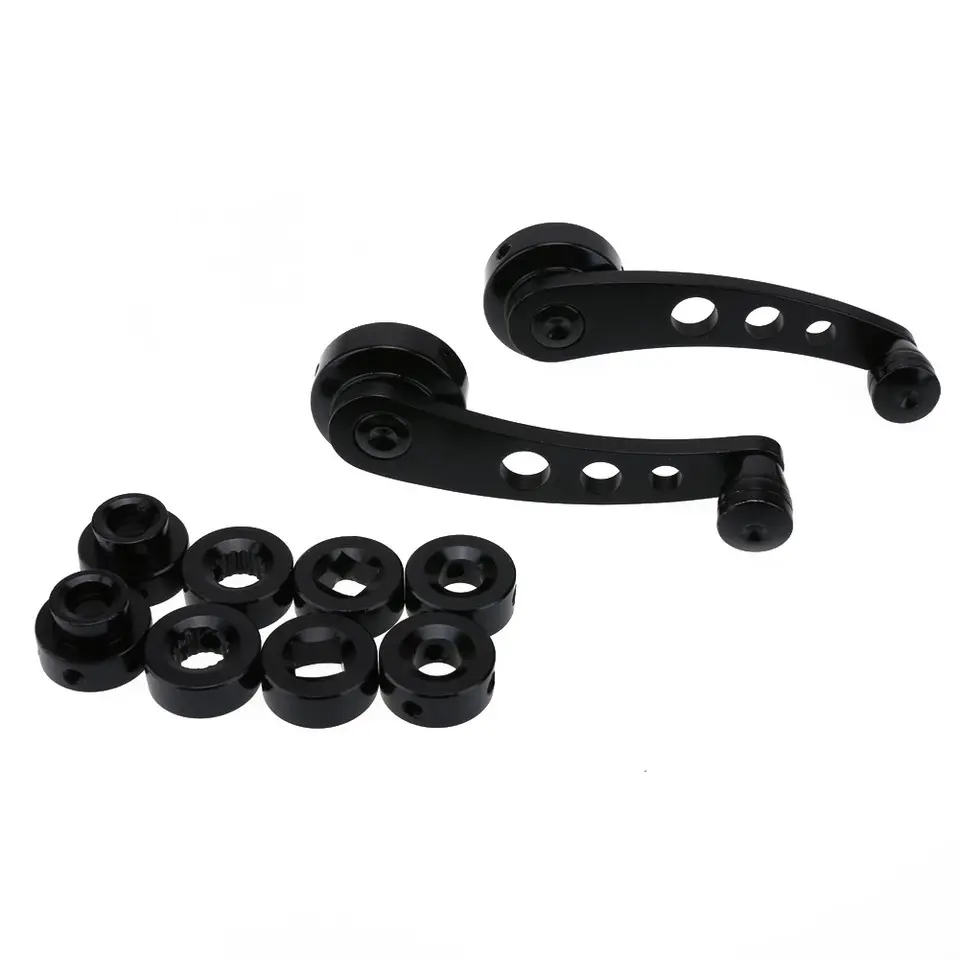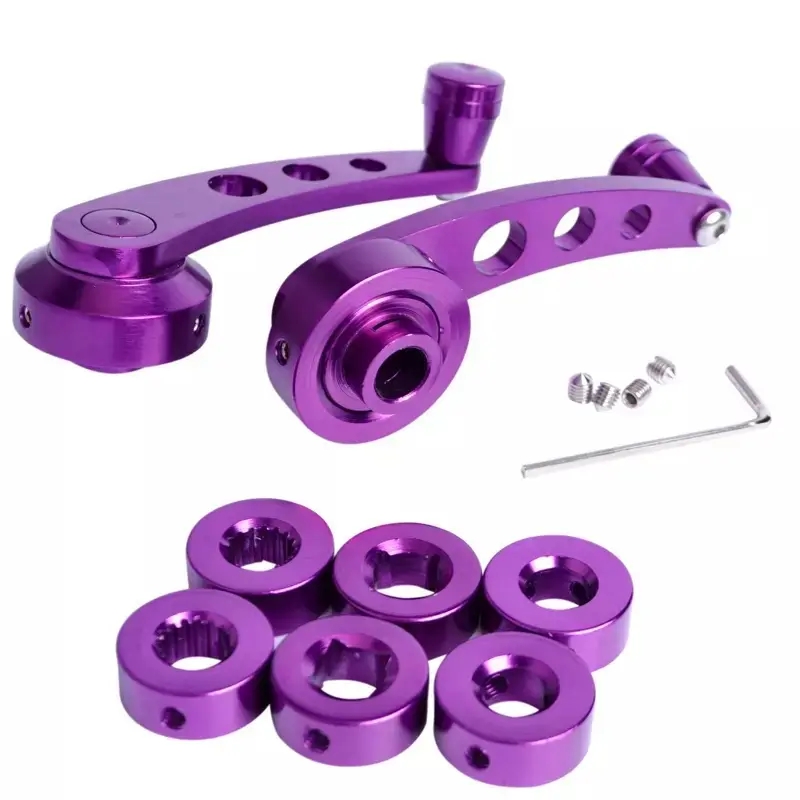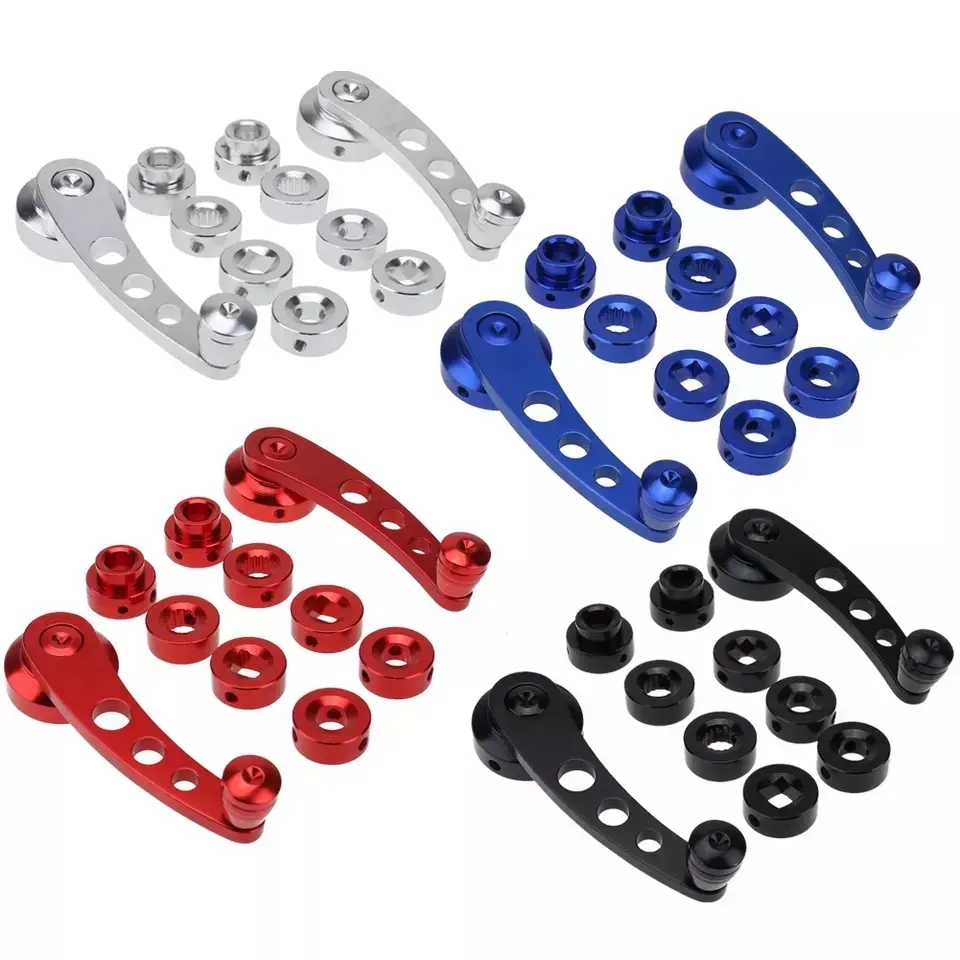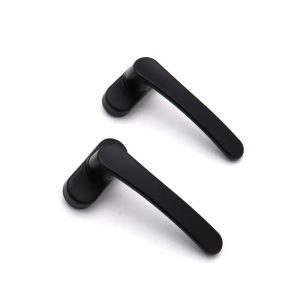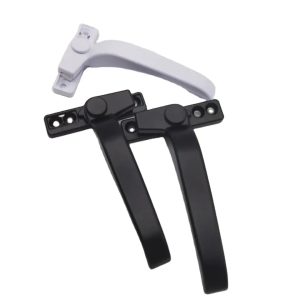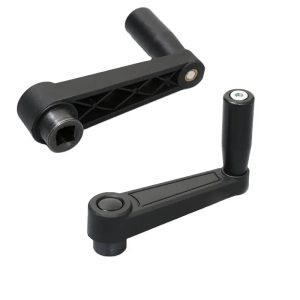Window Crank Handles: Seamlessly Merging Form and Function in Architecture
Introduction
In the intricate realm of architectural detailing, window crank handles emerge as essential elements that effortlessly marry practical utility with aesthetic finesse. These unassuming components not only facilitate window operation but also contribute to the overall visual appeal of architectural designs. This article explores the multifaceted roles of window crank handles, their ergonomic advantages, material diversity, and the harmonious fusion of functionality and design they bring to architectural spaces.
Unveiling the Diversity of Window Crank Handle Roles
Window crank handles serve as the tactile link between occupants and their living environment, offering an array of advantages beyond their primary function:
1. Precise Control: By rotating the handle, users can precisely regulate window opening, optimizing ventilation and airflow control.
2. Effortless Operation: Designed with ergonomic considerations, crank handles ensure effortless rotation, catering to users of all abilities.
3. Enhanced Security: Many contemporary crank handles incorporate locking mechanisms, heightening security while maintaining user convenience.
4. Aesthetic Integration: These handles seamlessly merge with various window styles, elevating the overall visual coherence of architectural designs.
5. Energy Efficiency: Facilitating controlled airflow, window crank handles contribute to energy-efficient spaces, enhancing comfort and reducing energy consumption.
Material Variations and Finishes
The choice of materials and finishes significantly impacts the durability and aesthetic impact of window crank handles:
1. Robust Material Composition: Handles are often crafted from durable materials such as stainless steel, aluminum, or resilient polymers, ensuring prolonged usability.
2. Surface Finishes: A diverse range of surface finishes, from classic brushed to modern chrome, allows customization to align with architectural aesthetics.
3. Corrosion Resistance: Materials with high corrosion resistance are particularly suitable for environments exposed to moisture or harsh weather conditions.
Ergonomics and Architectural Harmony
Ergonomics and design congruence are pivotal factors when considering architectural hardware, including window crank handles:
1. Ergonomic Excellence: Crank handles are thoughtfully designed to offer a comfortable grip and smooth rotation, enhancing the user experience.
2. Architectural Consistency: These handles contribute to the architectural cohesion by complementing the overarching design style, whether traditional or contemporary.
Conclusion
Window crank handles epitomize the seamless blend of practicality and aesthetics, exemplifying the artful integration of architectural hardware and design aspirations. Whether orchestrating ventilation, bolstering security, or adding a touch of elegance, these unpretentious components play an indispensable role in modern construction. The ability of window crank handles to enhance both usability and aesthetics underscores the skillful merger of utility and sophistication in architectural design, transforming spaces into functional yet visually appealing havens.





